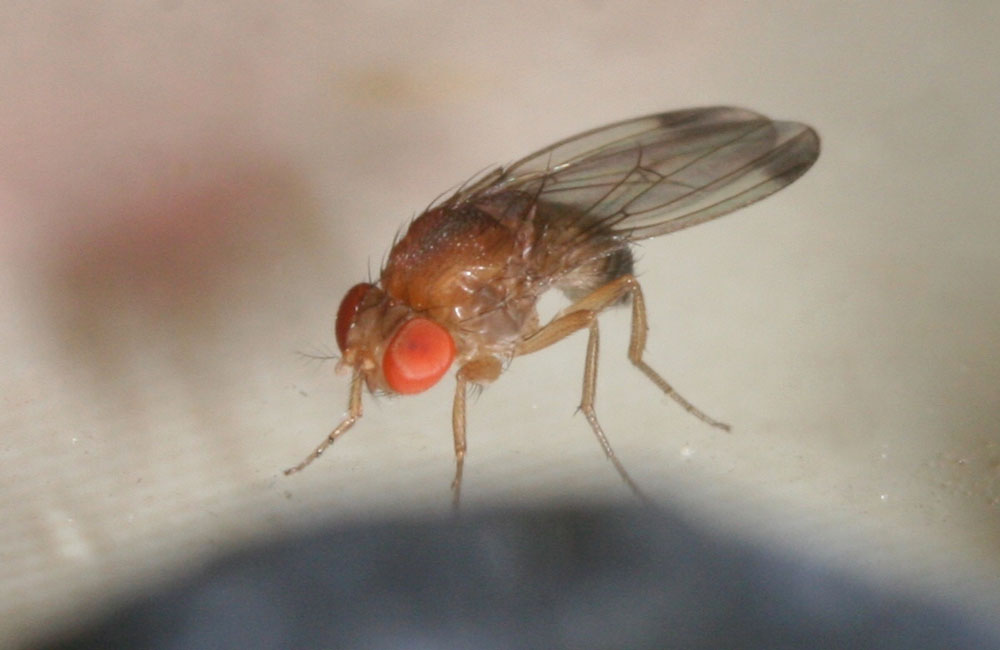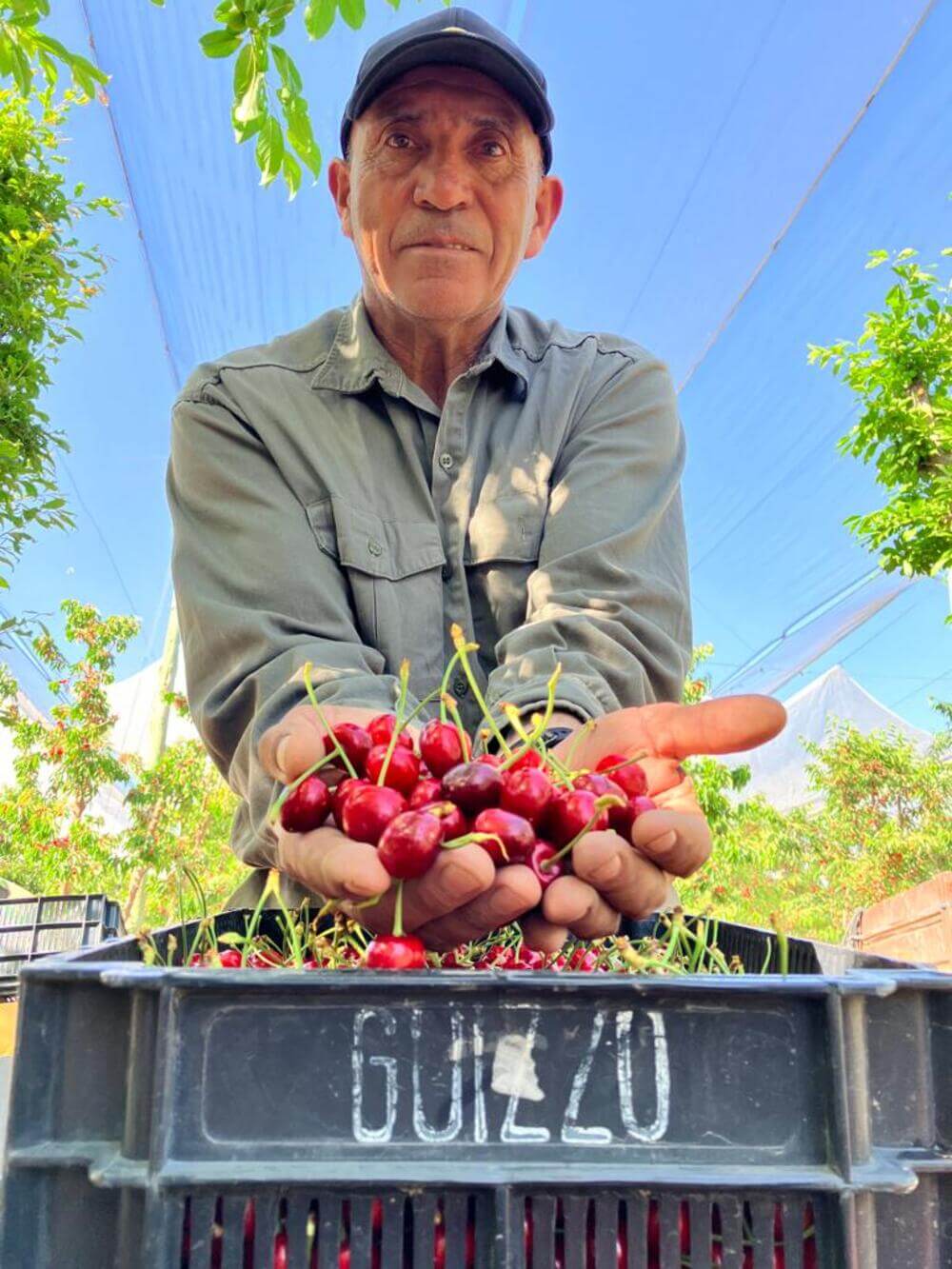Every summer, market stalls fill up with shiny, flawless cherries. But behind their impeccable appearance lies a less polished and increasingly common reality: a growing number of fruits are discarded due to deformities caused by climate change.
Double, cracked, or irregular cherries, despite tasting just as good as their “cover photo” counterparts, are excluded from the commercial supply chain. The issue isn’t taste, but appearance.
Good fruit, but not pretty
According to José Miguel Peris, expert at IRTA (Institut de Recerca i Tecnologia Agroalimentàries) in Catalonia, the rise in fruit anomalies is a direct effect of thermal stress and water scarcity affecting cherry trees during the summer floral differentiation phase.
This imbalance, caused by high temperatures and drought, compromises bud formation and, as a result, leads to visible fruit defects the following season.
Climate change, therefore, doesn’t just impact yield, but increasingly affects visual quality, leading to a drastic increase in cherries deemed “non-compliant” by retail standards.
An expensive aesthetic
The paradox? These cherries are perfectly edible. However, their unusual shape makes them unsellable according to the strict aesthetic criteria of large-scale retail.
This approach creates a dual problem: on one hand, farmers face economic losses due to the inability to place their product on the fresh market; on the other, it contributes to food waste.
This year, the scarcity of “perfect” cherries has, for the first time, brought less flawless fruit onto the shelves of Spanish retailers, revealing to consumers a hidden side of agricultural production.
 Detail of malformed cherries: double fruit due to flowers with two pistils (A), a stunted pistil (B) in Bing cherries, and deep suture in Lapins cherries (C). Source: CentroFruticulturaSur.cl
Detail of malformed cherries: double fruit due to flowers with two pistils (A), a stunted pistil (B) in Bing cherries, and deep suture in Lapins cherries (C). Source: CentroFruticulturaSur.cl
A model to rethink
Three urgent questions arise:
How can deformed fruit be given economic value? Its use for industrial processing – such as juices, jams, or snacks – is an opportunity, but often revenues don’t cover production costs.
How can consumer perception be changed? Without a cultural shift that values organoleptic quality over appearance, supply chains will continue to generate avoidable waste.
How can production adapt to the new climate? As Richard Bastías, researcher at the University of Concepción in Chile, also points out: it is essential to rethink water and agronomic management to reduce environmental stress and improve orchard resilience.
“Ugly” cherries, a symbol of crisis
The so-called “twin cherries” are a wake-up call: climate change is no longer a future threat but a concrete impact on farm profitability.
In a context where appearance still drives market logic, imperfect fruit becomes a symbol of a sector that must reinvent itself — between sustainability, innovation, and new narratives around food.
Text and image source: masp-lmneuquen-com
Cherry Times – All rights reserved













